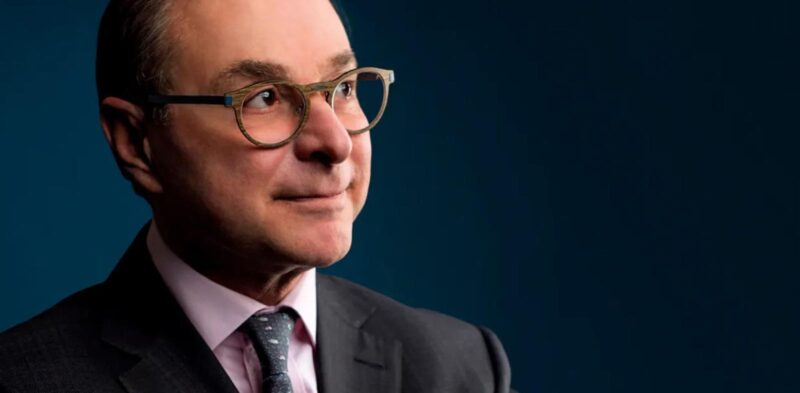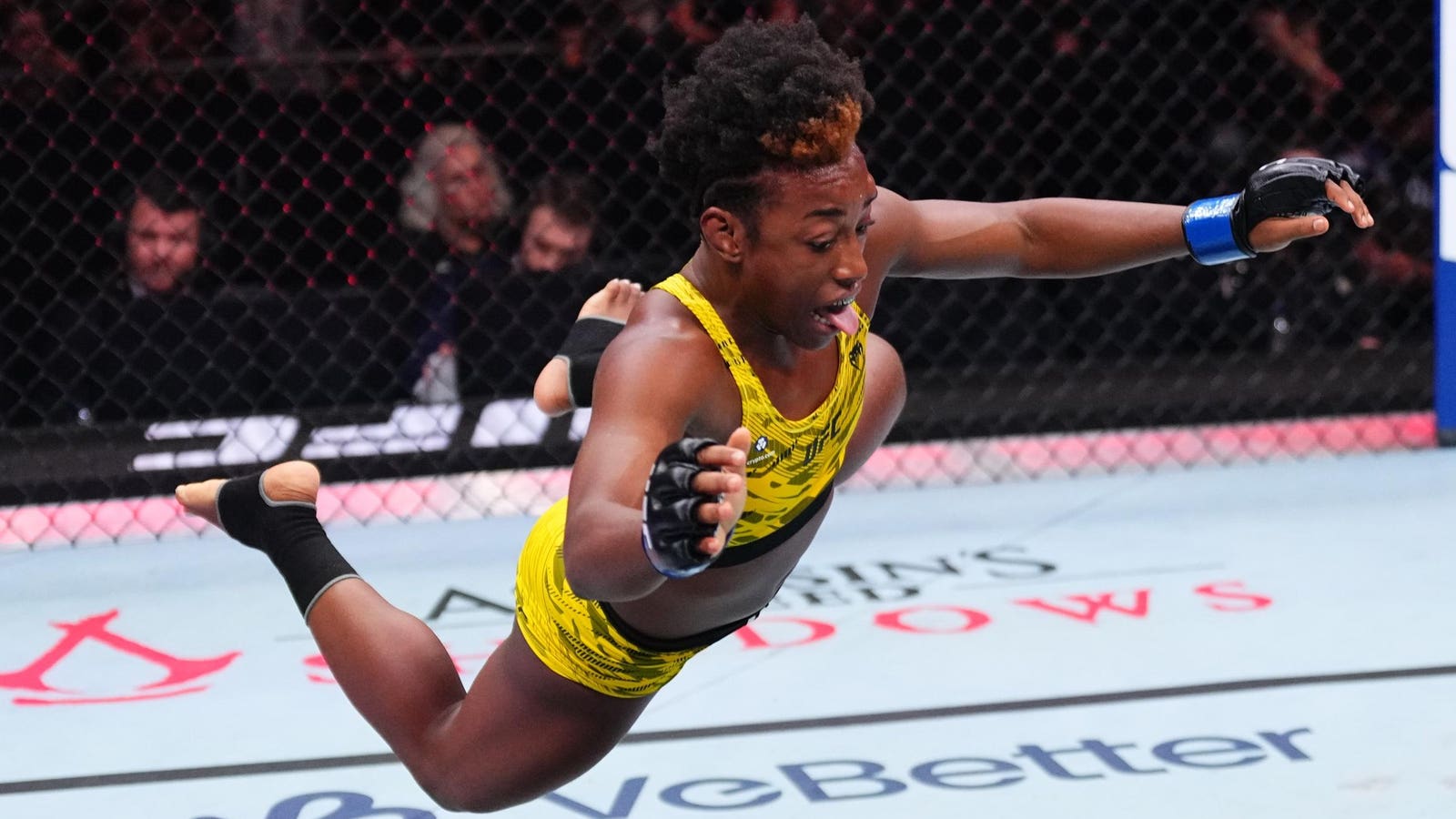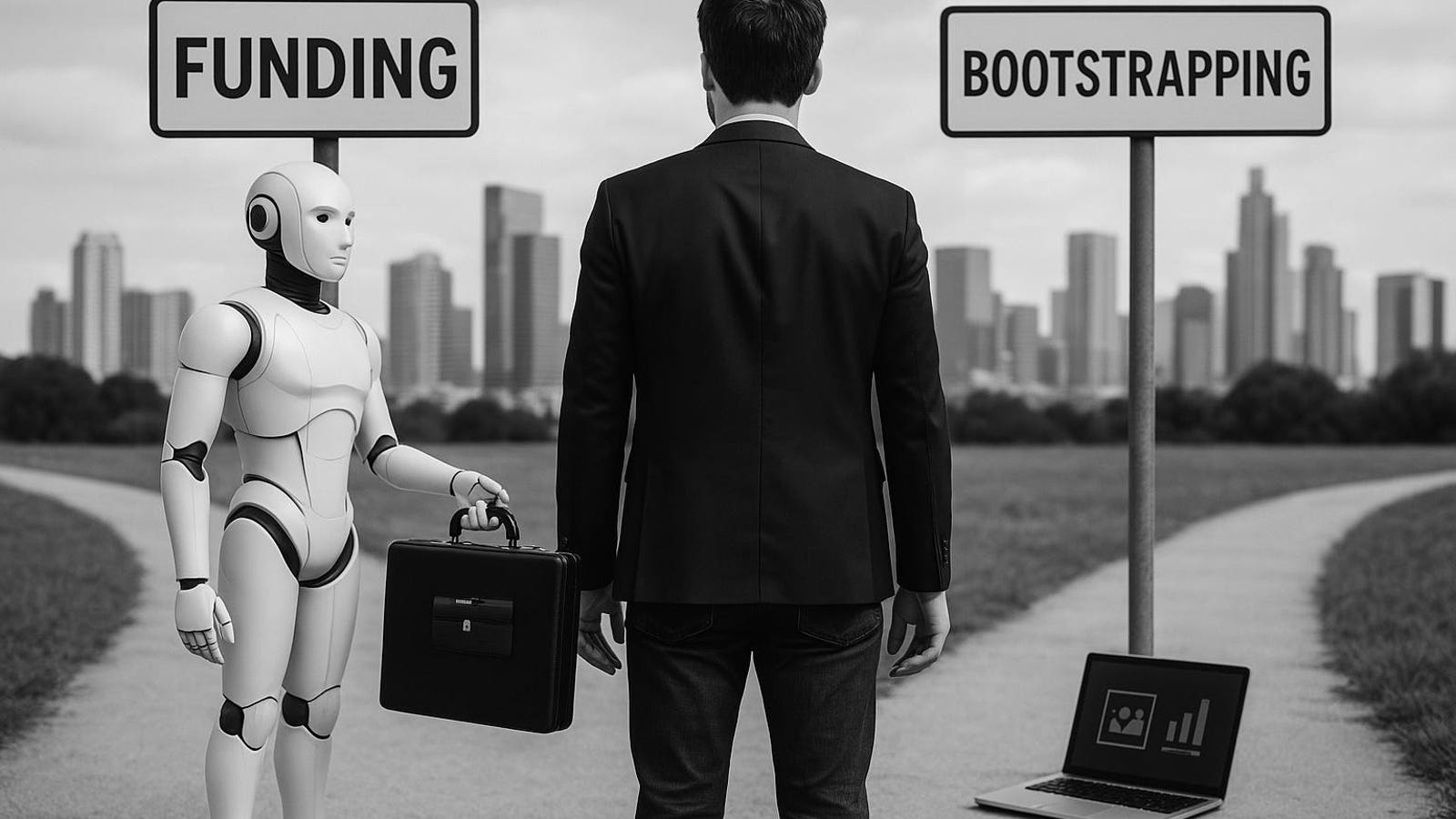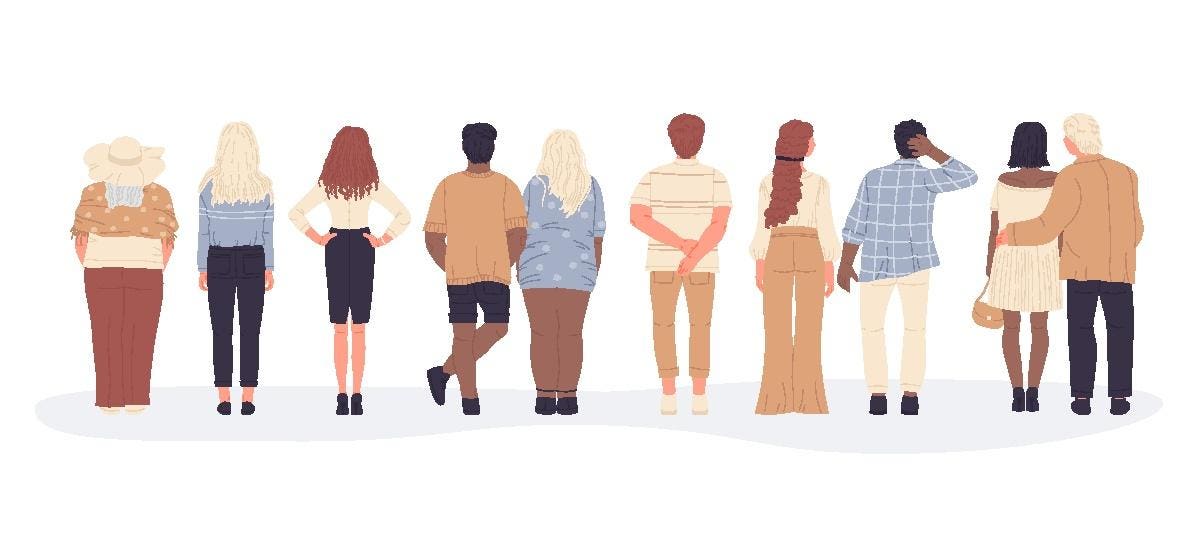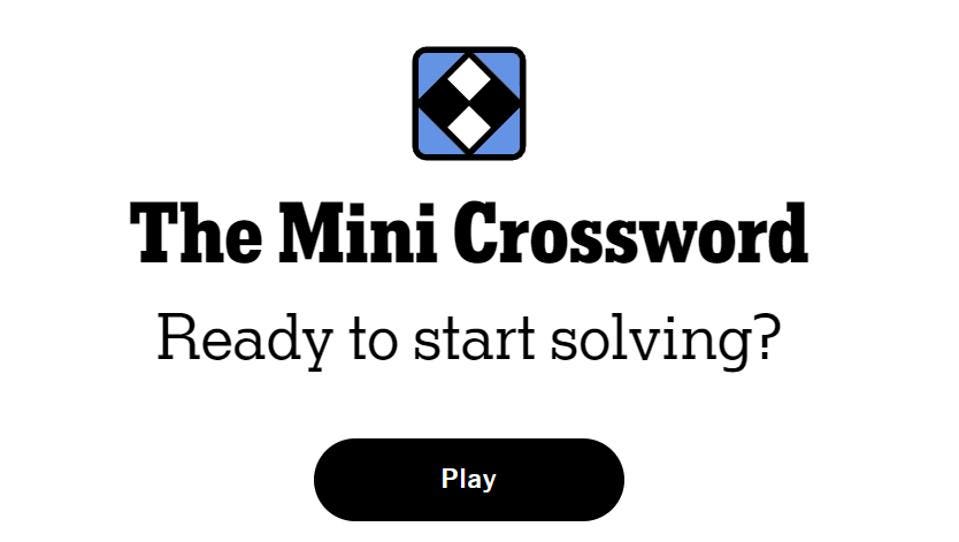President Joseph Aoun
Northeastern University
Northeastern University’s president Joseph Aoun has some tough words for higher education in America.
Having authored books like Robot-Proof: Higher Education in the Age of Artificial Intelligence (published by MIT Press) Aoun knows a lot about how our new technologies work, and what impact they might have on the world of education. In a recent essay, he talks about the challenges facing our university system.
This includes a star warning to higher educators, and anybody else with skin in the game, about how we need to pivot and change education to keep it relevant.
The Good Old Days
To set the stage, Aoun starts the piece with a survey of the American college system and its value to the society, beginning hundreds of years ago. He cites Harvard’s founding in 1636 to educate religious and government professionals. Aoun also covers the industrial revolution, and the provision of land grants from the states for public universities, teaching “agriculture and the mechanic arts.”
Prominently, he also mentions the role of higher education with the G.I. bill after World War II and its major contribution in elevating American citizens into a higher economic class.
This, he notes, preceded a period of high enrollment, where the numbers of students nationwide went from around 2 million in 1950 to more than 18 million today.
By contrast, Aoun now warns us, we are on the brink of a fast reversal based on three “icebergs” that he contends we should see coming fairly clearly.
Three Icebergs
The first of these factors that Aoun covers is what he called the “enrollment cliff” that happened after the 2008 financial crisis, with lower birth rates correlating to lower rates of student enrollment.
High school graduation rates, he notes, are expected to decrease by a spooky 13% by 2041. That’s about half a million students.
And then, young men in particular are choosing not to move into higher education after high school, which can compound some of these problems.
“A shrinking, more competitive market means shrinking budgets, payrolls and academic departments,” Aoun writes. “I don’t know who is more stressed on campuses today, the head of enrollment, or the CFO.”
Aoun also lays out a picture of how the average college or university student has changed in recent years.
“The majority of students today aren’t young people playing frisbee on the quad,” he writes. “They often hold day jobs and support families. They are seeking opportunity, not ideology. They are focused on work, not woke. They want skills that will help them compete for jobs and promotions.”
Later, he offers this criticism of a mentality that might keep schools from the change that they need.
“Now is the moment to reimagine higher education for the future we see emerging,” he writes in a related call to action. “If we were building a new university from scratch, what would we do? This sounds like a simple question. And it is. But in the world of academia, it’s tantamount to heresy. In higher education, we want to change the world, but we’re not willing to change ourselves.”
Big Changes Needed
To try to head off the negative effects of today’s challenges, Aoun has four proposals for the higher education community that he calls “critical changes:” first, that every learner should understand artificial intelligence and how it works. Second, that we integrate life experience into the college experience in more profound ways.
“The human brain cannot out-compute AI systems,” he adds, “but it can outmaneuver them. AI doesn’t understand living contexts very well. AI cannot feel awe in the presence of nature, or enjoy the warmth of friendship. As powerful as it is, AI exists inside a prison of data. Experience is our ultimate human advantage. It is our edge.”
Third, he suggests that we make college degrees more valuable to the workforce and employers, and fourth is his proposal that we integrate lifelong learning elements into the curriculum, as well as items that mesh with real-world pursuits, not just academic concerns.
A New Golden Age
Aoun gives the community some pointers on how to usher in a new golden age for higher ed in America, and avoid the tragic demise of a system that’s been a long-standing institution in American life. First, he exhorts schools to embrace partnerships with the private sector, and include real-world curriculum in college degrees.
I want to include this part of his proposal in full:
“Historically, universities have built walls against the intrusion of the outside world,” Aoun writes. “But the world is too interesting to ignore. We need to integrate academic learning with lived experiences. Long-term internships or co-ops do just that.”
He provides real examples of this dynamic.
“Imagine how much a student learns using the lessons of biochemistry to design cancer treatments at Pfizer; Or helping diplomats draft accords to regulate autonomous weapons. Experiences such as these are the finest learning labs because life is the finest teacher. Experiential learning provides students with a crash course in organizations, in society—and in humanity. Students discover what they’re good at, what drives them to excel. And they discover failure. They learn to collaborate with others, and explore their potential to lead. Experiential learning leads naturally to outcomes and jobs, and prepares students for something AI can never do: It prepares them to live—and flourish.”
In light of that goal, Aoun also points out that some world cultures and societies are already seizing on these kinds of opportunities.
“Some societies already embrace this fact and make a real commitment to reskilling and reinvention,” he writes. “In Singapore, for example, every citizen receives a lifelong credit account to be used for retraining. In the UK, every employer above a certain size puts aside a percentage of payroll, topped up by government, to fund reskilling. We might take a lesson from their examples.”
Another point was the survival of university-based research.
“Our open university system, our appeal to global talent, and generous funding for research have produced miracles,” he writes, enumerating some of the system’s contribution. “They allowed us to win the Cold War. They powered the world’s premier economy. And they uplifted human civilization through advances such as computers, antibiotics, the internet, and the polio vaccine. As a result, the American university system is the strongest in the world and the envy of other nations.”
I liked Aoun’s idea of “multiple Manhattan projects” to boost domestic employment and productivity goals.
This is all good to know, as Northeastern celebrates 125 years as an institution: Aoun also reveals that with dozens of co-ops around the world, his school is participating in the kinds of collaborative projects that drive change.
AI for the Win
Aoun also highlighted some of an ideology and framework that he has spoken about previously, for example, in a recent keynote speech from Northeastern’s Boston Campus, for an event called Engineering the Future with Artificial Intelligence.
Aoun calls it “humanics” and it has to do with leveraging AI for improvement in human thought and enterprise. It involves three key “literacies:” technological, data and human literacy. It also speaks to the need for critical thinking and cross-disciplinary intelligence, and moreover, the ability to keep changing with an environment – to be a life-long learner.
Another of Aoun’s theories is that AI can be studied in ways that presage actionable change, to make this era the best it can be for the society.
“Imagine if, at the outset of the automobile era, we had predicted a rise in carbon consumption and planned ahead for offsets,” he wrote. “Or if we had proactively designed highways and roadways to minimize the disruption of neighborhoods. There is still time to do this for AI.”
The essay also explores this kind of thinking: the idea that life-long learning can incorporate the sorts of preventative critical thinking that can help us to ward off catastrophe in our times.
Basically, it seems to all come down to planning. If we can leverage every arm of our society to a common goal, and find valuable roles for the next generation of professionals, we may be able to salvage the situation. If not, maybe we will see that higher education basically fell off a cliff when we look back at the last quarter-century a few years from now.

